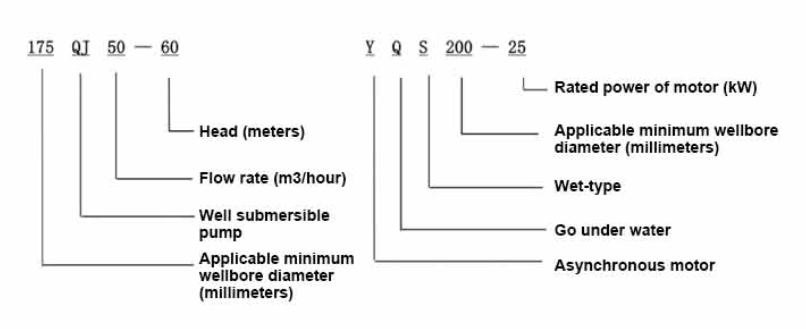Sep . 12, 2024 16:22 Back to list
Submersible Water Pump Maintenance Guide
Submersible Water Pump Maintenance Ensuring Longevity and Efficiency
Submersible water pumps are essential tools in numerous applications, including agriculture, drainage, sewage management, and groundwater extraction. To maximize their efficiency and lifespan, regular maintenance is crucial. Below are key maintenance tips to keep your submersible water pump in optimal condition.
1. Regular Inspection
A thorough inspection of the pump should be conducted periodically. Check for visible signs of wear or damage, such as cracks in the casing or frayed cables. Inspect the intake screen for clogs or debris, which can hinder performance. Any irregularities should be addressed promptly to prevent further damage.
2. Cleaning
Continuous operation can lead to the accumulation of dirt, silt, and other particles within the pump. Cleaning the pump and its components is vital. Start by removing the pump from the water source and rinsing it with clean water. Pay special attention to the impeller and intake screen. A blockage here can reduce efficiency and lead to overheating.
3. Lubrication
Many submersible pumps contain moving parts that require lubrication. Check the manufacturer’s guidelines to determine which parts need lubrication and what type of lubricant should be used. Regularly lubricating these parts can minimize friction and reduce wear, leading to a longer lifespan for the pump.
submersible water pump maintenance

Since submersible pumps use electricity, it is essential to check the electrical components regularly. Inspect wiring for signs of corrosion or damage, which can lead to electrical failures. Ensure that connections are secure and that there are no signs of water ingress. A proper electrical check can prevent costly repairs down the line.
5. Testing Performance
Regularly test the performance of the pump to ensure that it operates at the required capacity. Monitor flow rates and check for any changes in pressure. If the performance dips, it might indicate internal issues requiring immediate attention.
6. Seasonal Preparation
In areas where freezing temperatures are a concern, prepare the pump for seasonal changes. Remove it from the water source and store it in a dry, warm place. Before reinstallation, inspect the pump for any signs of damage that may have occurred during storage.
7. Professional Servicing
While regular maintenance can be performed by the operator, consider scheduling professional servicing annually. Experienced technicians can conduct comprehensive inspections, make necessary repairs, and provide insights on any potential issues that may arise.
By adhering to these maintenance practices, users can ensure the reliable operation of their submersible water pumps, preventing unexpected failures and prolonging the life of the equipment. Consistent maintenance not only saves time and money but also ensures that the pump performs efficiently whenever needed.
-
Water Pumps: Solutions for Every Need
NewsJul.30,2025
-
Submersible Well Pumps: Reliable Water Solutions
NewsJul.30,2025
-
Stainless Steel Water Pumps: Quality and Durability
NewsJul.30,2025
-
Powerful Water Pumps: Your Solution for Efficient Water Management
NewsJul.30,2025
-
Oil vs Water Filled Submersible Pumps: Which is Better?
NewsJul.30,2025
-
Deep Well Pumps: Power and Reliability
NewsJul.30,2025
-
 Water Pumps: Solutions for Every NeedWhen it comes to handling dirty water, the dirty water pump is a must-have.Detail
Water Pumps: Solutions for Every NeedWhen it comes to handling dirty water, the dirty water pump is a must-have.Detail -
 Submersible Well Pumps: Reliable Water SolutionsWhen it comes to ensuring a reliable water supply, submersible well pumps are a top choice.Detail
Submersible Well Pumps: Reliable Water SolutionsWhen it comes to ensuring a reliable water supply, submersible well pumps are a top choice.Detail -
 Stainless Steel Water Pumps: Quality and DurabilityWhen it comes to choosing a water pump, the stainless steel water pump price is a crucial factor.Detail
Stainless Steel Water Pumps: Quality and DurabilityWhen it comes to choosing a water pump, the stainless steel water pump price is a crucial factor.Detail
